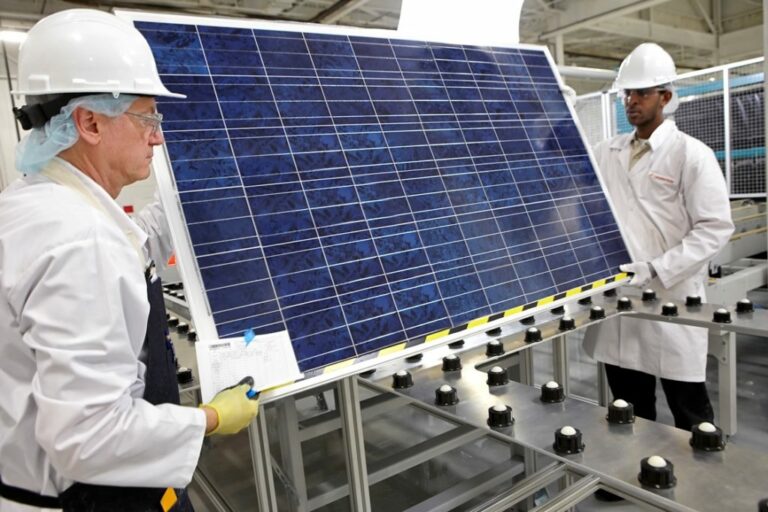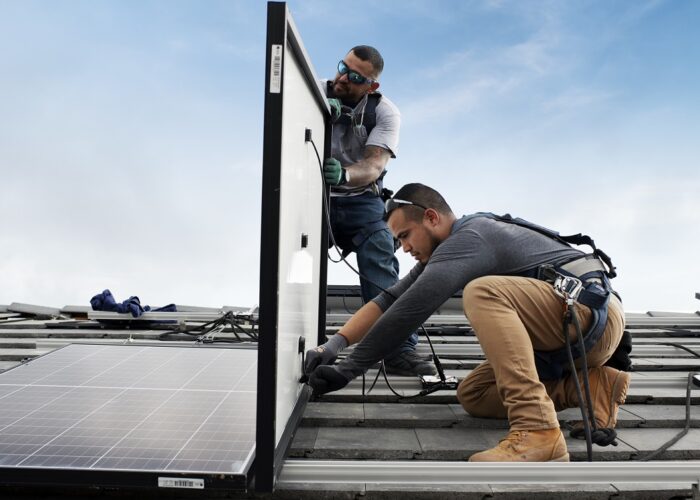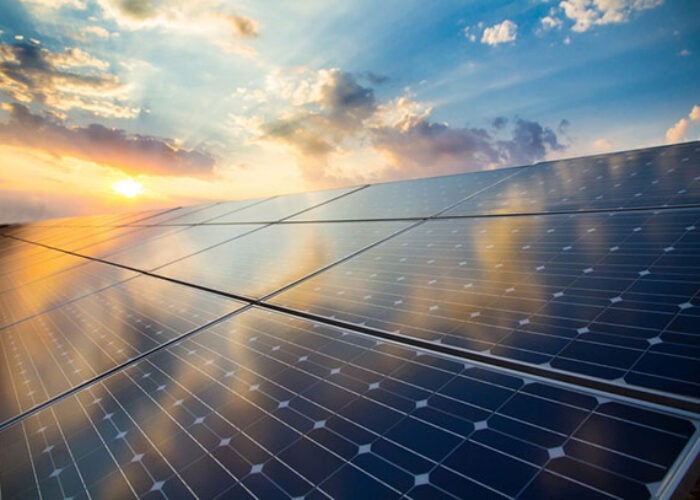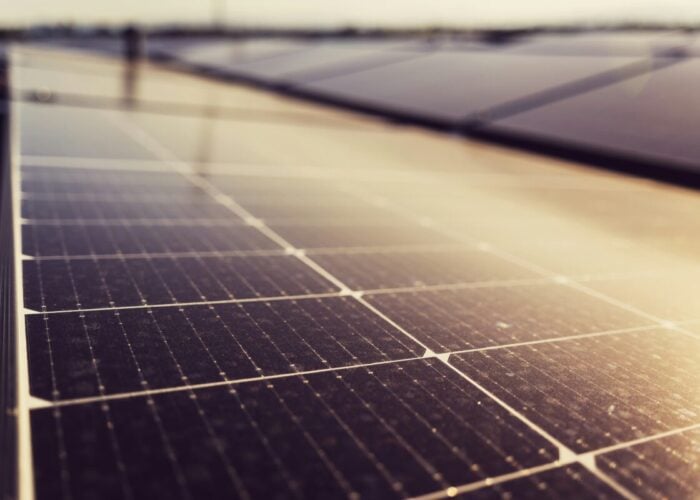
Chinese solar manufacturing giant Canadian Solar shipped 30.7GW of solar modules and posted US$274 million in net income in 2023, both “record” figures for the company.
Compared with 2022, shipments rose 45% from 21.1GW and net income was up around 12% from US$240 million. Total revenues for 2023 were US$7.6 billion.
Unlock unlimited access for 12 whole months of distinctive global analysis
Photovoltaics International is now included.
- Regular insight and analysis of the industry’s biggest developments
- In-depth interviews with the industry’s leading figures
- Unlimited digital access to the PV Tech Power journal catalogue
- Unlimited digital access to the Photovoltaics International journal catalogue
- Access to more than 1,000 technical papers
- Discounts on Solar Media’s portfolio of events, in-person and virtual
The company also announced its Q4 2023 results. The company shipped 8.2GW of module capacity in the quarter, retaining parity with Q2 (8.2GW) and Q3 (8.3GW). In November, Canadian Solar predicted that its module shipments could fall by over 8% sequentially in Q4; this turned out to be an exaggeration, as they fell just 2%.
Gross profit in the fourth quarter was US$213 million, down 31% sequentially and 39% year-on-year (YoY), while gross margin in Q4 2023 was 12.5%, compared to 16.7% in Q3.
In its announcement, Canadian Solar attributed the decline in profit and margin to the lower average selling price (ASP) of solar modules over 2023. Operating expenses declined too, from US$225 million in Q3 to US$213 million in Q4, which the company said “partially offset” the drop in margin.
Net loss attributable to Canadian Solar in Q4 2023 was US$1 million, or US$0.02 per diluted share, compared to net income of US$22 million, or $0.32 per diluted share, in Q3, and net income of US$78 million, or US$1.11 per diluted share, in Q4 2022.
Yan Zhuang, president of Canadian Solar’s manufacturing subsidiary, CSI Solar, said: “As the market undergoes further normalisation and consolidation, we see vertical integration, advanced technology, and a robust go-to-market strategy as key to competitive edge. We maintain our strategic long-term investments across vertical integration, tunnel oxide passivated contact (TOPCon) and other N-type technologies, and our US manufacturing capabilities.”
Expanding manufacturing capacity
Canadian Solar shipped its first US-made TOPCon modules in January this year, and earlier this month signed a “significant” long-term supply deal with US solar company Sol Systems for its US TOPCon products.
By December 2024, CSI Solar said that it plans to significantly expand its upstream manufacturing capacity. Its current 20.4GW/21GW of nameplate ingot and wafer capacity will reach 50.4GW/50GW by the end of the year, whilst cell and module capacity will rise to 55.7GW and 61GW respectively.
The company’s energy storage subsidiary – eStorage – has a “record” 63GWh pipeline, of which US$2.6 billion is contracted backlog.
Its solar project development subsidiary, Recurrent Energy, has a current development pipeline of 27GWp. In January 2024 the company received a US$500 million equity investment from the world’s largest asset manager, BlackRock, for a 20% share takeover.
Looking to 2024 and beyond, Canadian Solar expects total module shipments for the year to be in the range of 42GW-47GW, with revenues between US$8.5-9.5 billion.
Looming downturns
Analysts – led by PV Tech head of research Finlay Colville – have predicted that rapidly-falling prices and expanding capacities could lead to a “downturn” in fortunes for the sector, with 2024 forecast to hold mixed fortunes for silicon-based solar manufacturers.
However, executives at major solar manufacturers remain publicly optimistic. JinkoSolar CEO David Lee told PV Tech Premium that the company remained “bullish” in the face of a downturn as the underlying economics of the solar industry trend upwards and demand continues to grow.
Shawn Qu, CEO of Canadian Solar, said: “Our optimism toward global market prospects endures, as we project accelerated growth momentum in the latter part of the year. This positive outlook is driven by the clearance of channel inventory in distributed generation markets and burgeoning demand unleashed by emerging markets. Our commitment to long-term growth remains steadfast.”







